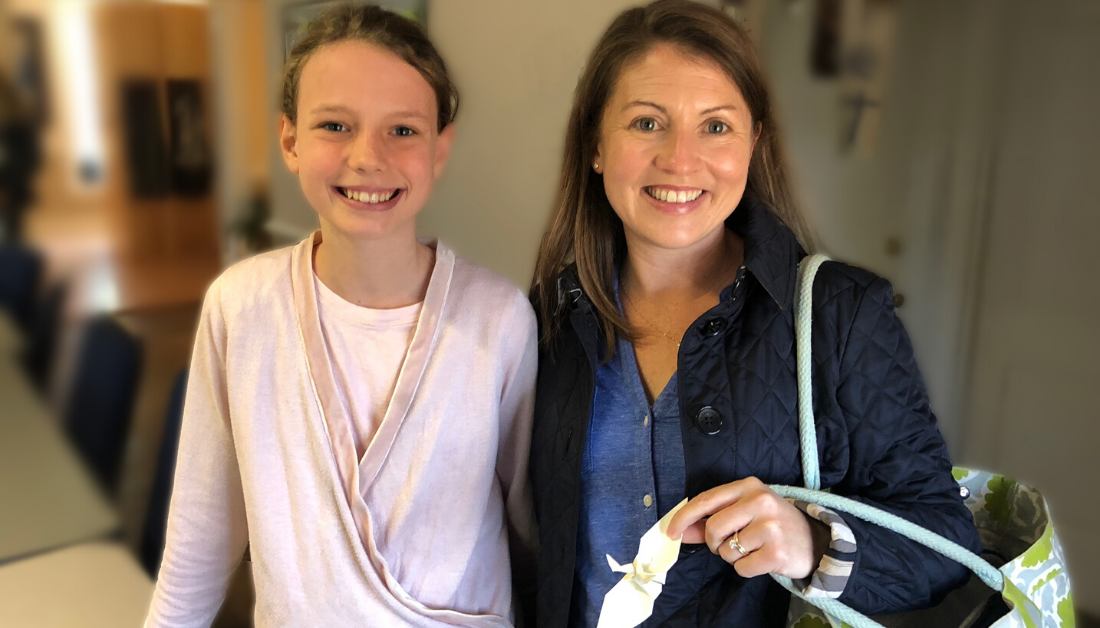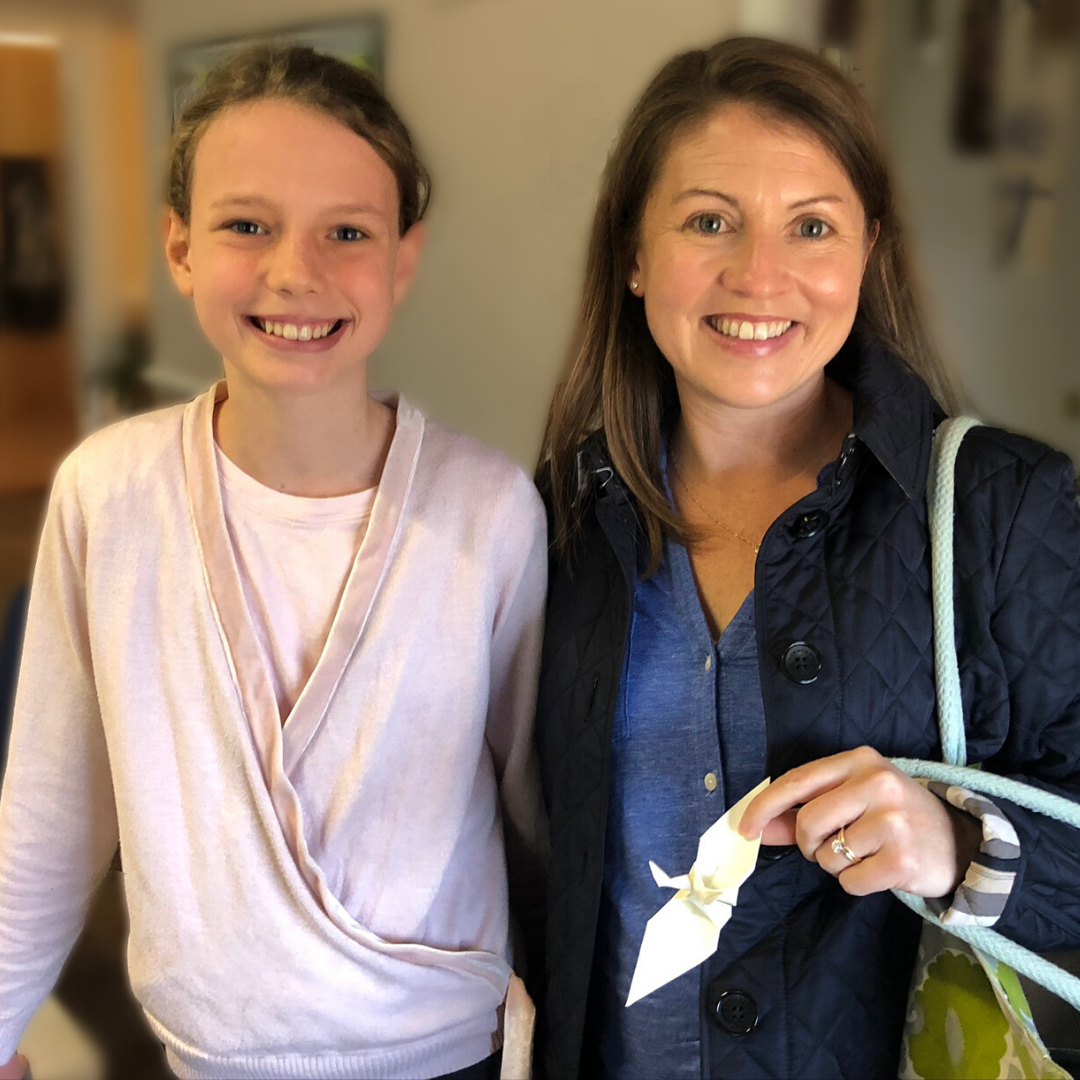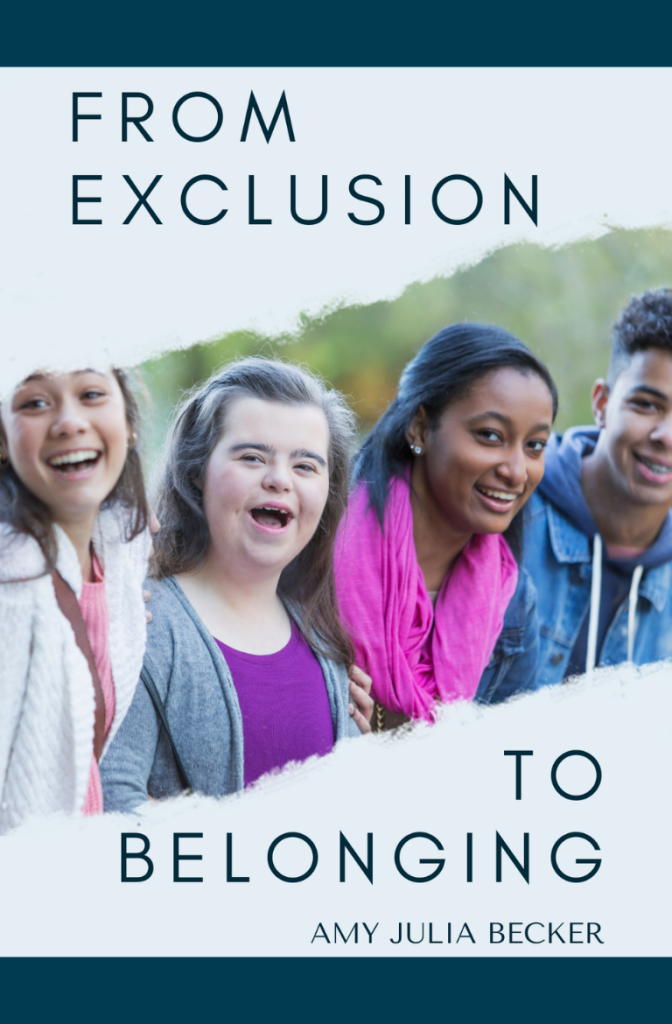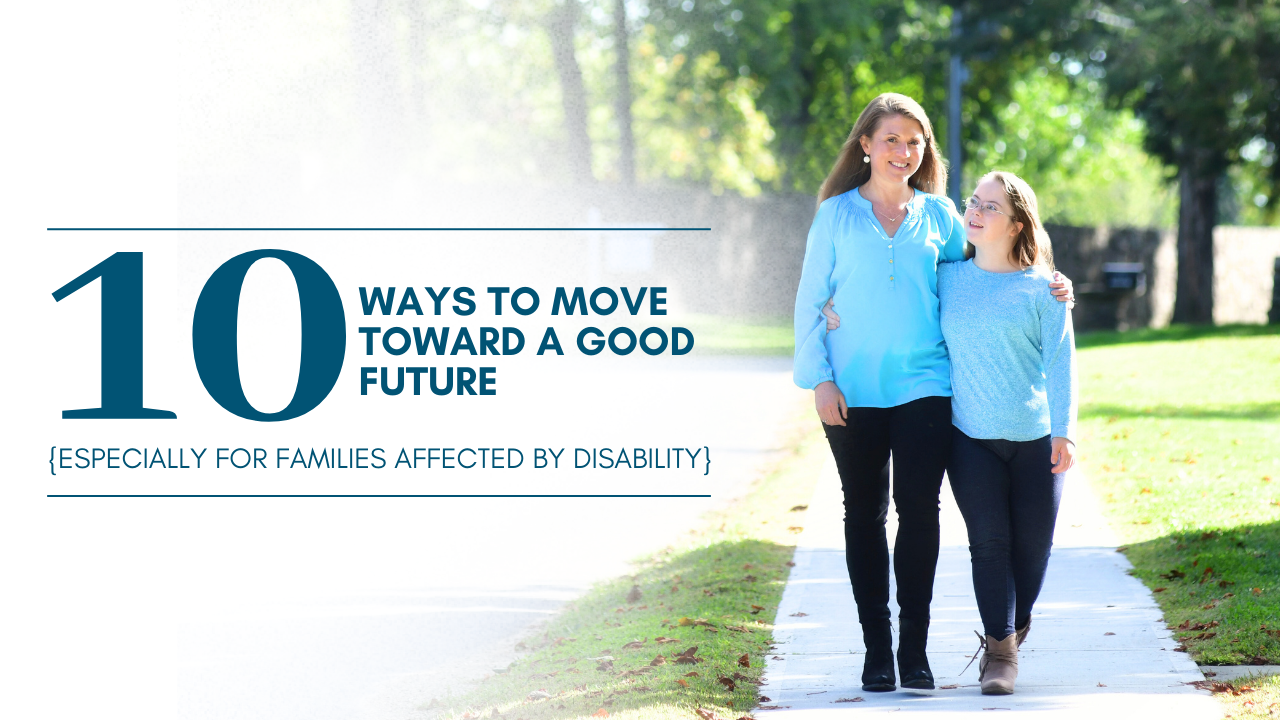
Teaching students about inclusion and belonging gives them a more expansive view of humanity. Because of advances in special education, many kids today are growing up with more openness to disability than in the past.
When I was a kid, I didn’t know anyone with Down syndrome. If I thought about people with disabilities at all, it was mostly from a position of polite superiority.
Penny, on the other hand, has been in classrooms with typical peers from the time she was 18 months old and first started going to a daycare center two mornings a week. I get questions from adults all the time about whether she’s in “regular” school. Those questions, I’ve come to realize, aren’t comments on Penny’s capabilities.
They are questions about inclusion and belonging, about whether the public schools welcome students with intellectual disabilities. A few decades ago, kids with intellectual disabilities were sequestered. That’s not always the case now.
Inclusion and Belonging
When Penny was in fourth grade, she decided to learn about Down syndrome for a school project. Her teacher told me later that after Penny presented what she had learned, some kids in the classroom wondered out loud why Penny would be interested in the topic. They had no idea that she had Down syndrome. They didn’t see her as different.
Growing Up Side by Side
There are plenty of ways this generation of kids is perpetuating the social divisions and distrust of their parents, and social media doesn’t help us to move beneath the surface to the depths of our common humanity. And yet, growing up in school side by side with individuals of all abilities provides a different foundation for a future in which typical kids can expect to work and live alongside people with disabilities.
Growing up side by side helps us all imagine a world in which people with disabilities aren’t simply tolerated or included, but where people with disabilities belong as vibrant and crucial members of our communities.
Students and the Spectrum of Welcome
Last month, I had a chance to speak to a group of 8th graders in Charlottesville before they worked alongside people with disabilities in their community. I told them about having Penny and learning about Down syndrome for the first time after she was born. I told them about learning to value different gifts. And I talked with them about what I’ve called the spectrum of welcome, moving from exclusion to tolerance to inclusion to belonging.
At the end of my time with them, one girl (pictured above) introduced herself and held out an origami bird. “It’s for Penny,” she said. She embodied what we had been talking about with that simple gesture of welcome.
Hope for the Future
Kids like her are growing up with a more expansive view of humanity. They give me hope for a future where more and more people experience belonging, where people with and without disabilities lean on each other, celebrate each other, and build a more just and caring society together.
If you haven’t already, please subscribe to receive regular updates and news. You can also follow me on Facebook, Instagram, and Twitter, and you can subscribe to my podcast on Apple Podcasts, Google Podcasts, and Spotify, as well as other platforms.




